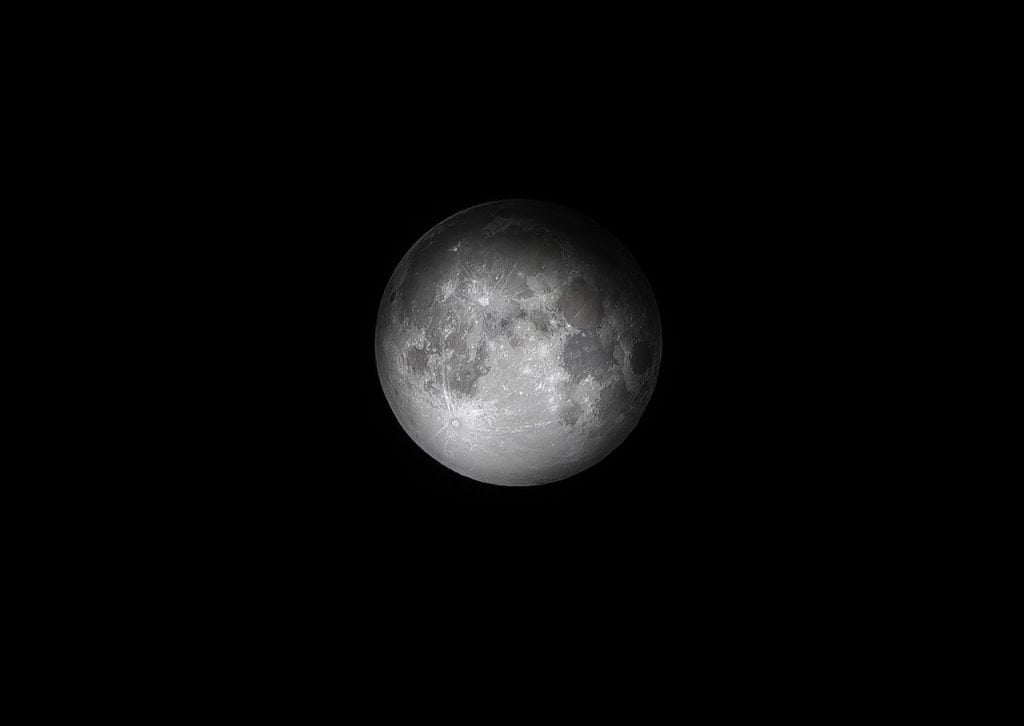Ever since more thorough space exploration started, scientists, as well as other people, have wondered about the origin of Earth’s only natural satellite, the Moon. Many theories have been proposed but scientists at Yale and Japan may finally have the answer of how the moon was formed.
There have been many theories suggesting that a Mars-sized object collided into Earth, causing the material to be ejected out of its young atmosphere and formed the moon. However, when researchers took those theories into a computer simulation, they learned that the moon would be made mainly from the impacting object. However, researchers know that the moon consists mainly of the material from Earth, opposing the first idea. Scientists knew this by analyzing the material brought back from Apollo lunar missions.
On the other hand, a new study published in the Nature Geoscience suggests that a different event could be brought forward as the possible formation of the moon, according to Shun-ichiro Karato, Yale geophysicist and one of the authors.
According to Karato, the early proto-Earth which formed about 50 million years after the sun and solar system formed was covered in magma, while the impacting material was made out of solid material. Karato and his colleagues created a new model which simulates a collision of the proto-Earth covered in an ocean of magma with a solid object to explain how the moon was formed.
The model showed that after the collision, magma heated up more compared to the solid material from the impacting object, causing magma to expand in volume and go out into orbit to form the moon. This model also explains why there is so much material originating from Earth, rather than other objects. Previous models that researchers used didn’t consider different degrees of heating between the Earth silicate as well as the impactor.
“In our model, about 80% of the moon is made of proto-Earth materials,” Karato, who has conducted extensive research on the chemical properties of proto-Earth magma said in a statement. “In most of the previous models, about 80% of the moon is made of the impactor. This is a big difference.”
Karato added that what makes the new model different is that theorists no longer have to suggest unconventional collision conditions for the moon’s formation to take place, but also confirms the previous theories which showed how the moon was formed.
For the purpose of the study, the researchers simulated the compression of molten silicate, while a group at the Tokyo Institute of Technology and the RIKEN Center for Computational Science designed a model which mimics the collision and predicts how the material from Earth condensed and formed the moon.












